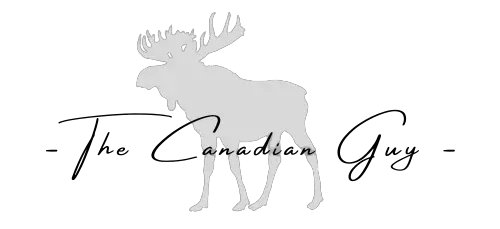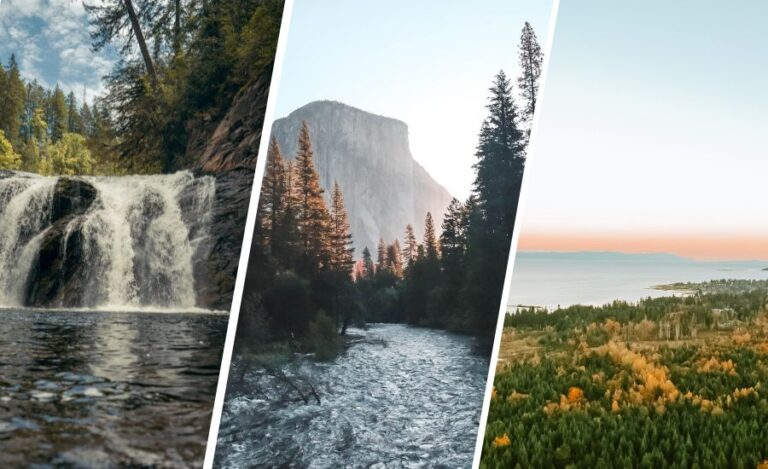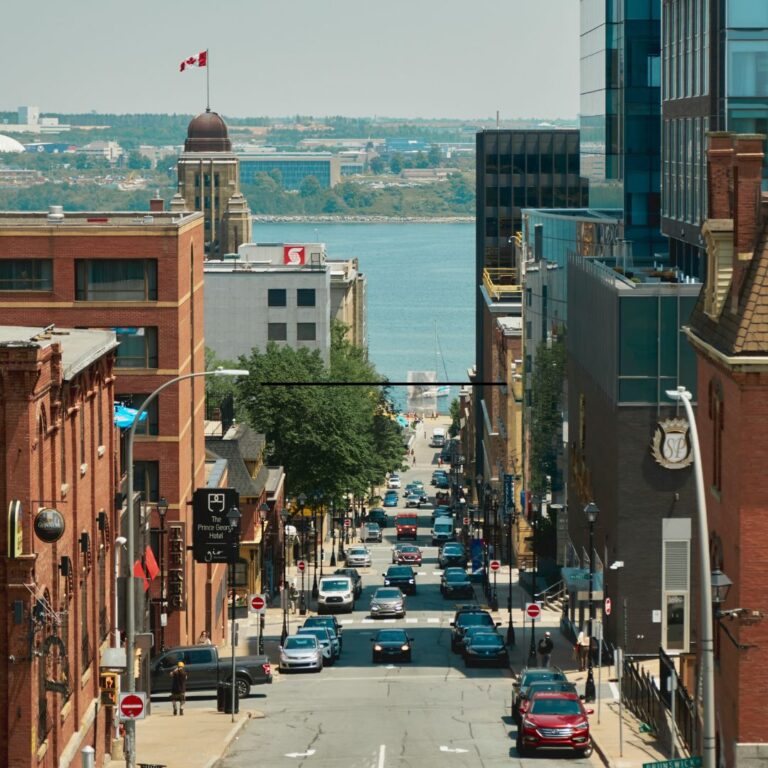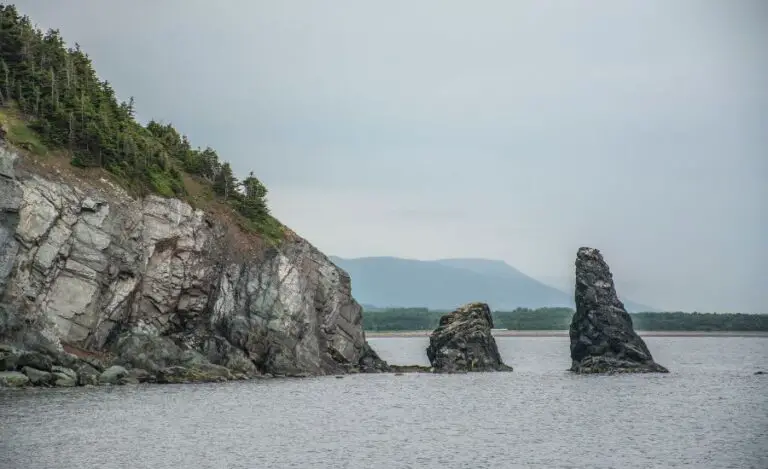8 Best Place To Visit In Nova Scotia
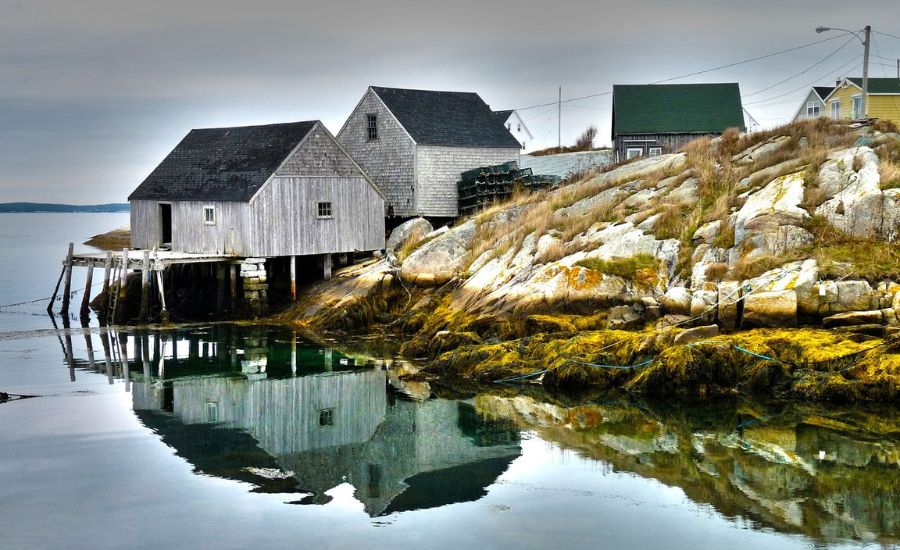
Planning to go for a trip to Nova Soctia?
Welcome to a beautiful tour through Nova Scotia’s enchanting province, where natural beauty and cultural charm merge to produce a mesmerizing vacation experience. Nova Scotia, located on Canada’s Atlantic coast, entices visitors with its rocky coastline, stunning scenery, and thriving marine culture.
From historic towns to awe-inspiring national parks, this province boasts an abundance of treasures waiting to be explored. Join me today to unveil the 8 best place to visit in Nova Scotia, if you are planning your trip this summer.
Also Read: Why Nova Scotia Is A Good Place To Live?
1. Peggy’s Cove
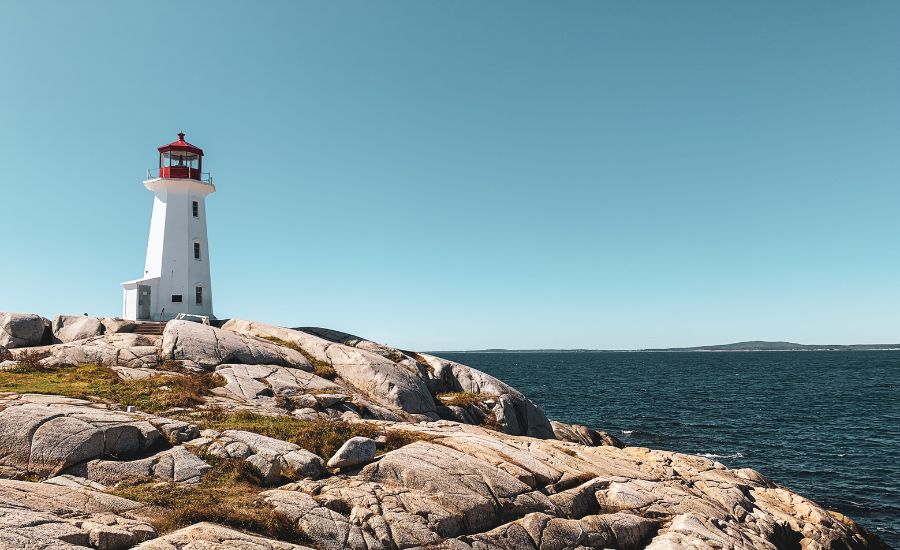
Peggy’s cave is located along the shores of St. Margaret’s Bay in Nova Scotia is a classic example of natural beauty and maritime allure. This place typically known for its iconic lighthouse (built in 1915, called as a symbol of strength and resilience, guiding mariners safely through treacherous waters) and picturesque landscapes, this quaint fishing village that has captured the heart of many travellers from around the world.
It also have this authentic maritime charm that will definitely makes you feel like a time traveller. And as you walk around the narrow streets, you will encounter colourful wooden fishing shacks, lobster traps, and fishing boats bobbing gently in the harbor.
Additionally, if you are a photographer, Peggy’s Cove is a dream destination. The breathtaking scenery, the interplay of light and shadow, and the charming village make for unforgettable compositions.
2. Cape Breton Island
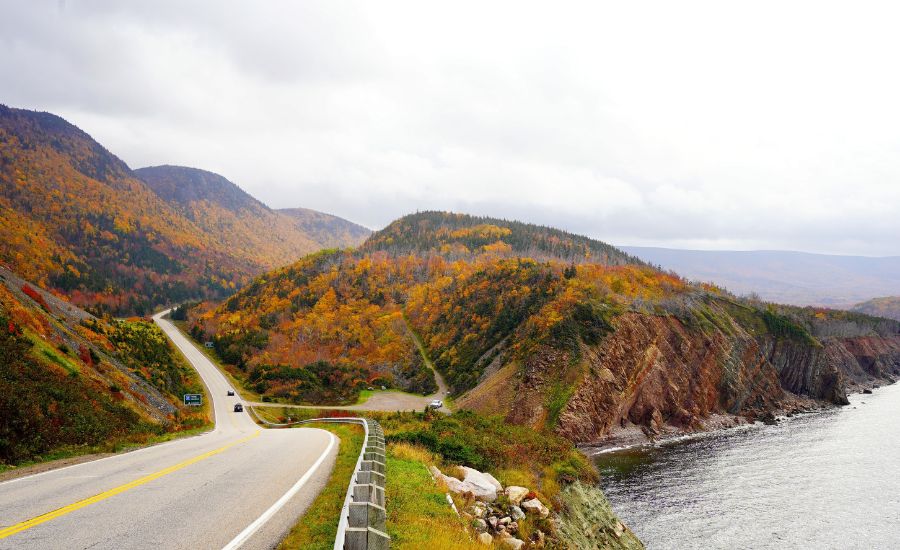
Cape Breton Island stands as a majestic tapestry of nature and culture, offering an unparalleled experience for every traveler located in Nova Scotia. From the breathtaking beauty of the Cabot Trail to the vibrant Celtic traditions and warm hospitality of its people, the island leaves an indelible mark on the hearts of all who venture here.
The Cabot Trail: A Scenic Masterpiece
One of the crown jewels of Cape Breton Island is the world-renowned Cabot Trail. This 185-mile (298 km) scenic roadway winds along the island’s northern coast and through the Cape Breton Highlands National Park, offering jaw-dropping views of the Atlantic Ocean and the rugged cliffs below.
The Cabot Trail’s panoramic vistas, lush forests, and picturesque fishing villages make it one of the most iconic driving routes in the world, attracting nature enthusiasts and road trippers alike.
Cultural Melting Pot
Cape Breton Island has a diverse cultural past that is heavily impacted by its Scottish, Acadian, and Mi’kmaq ancestors. Visitors can immerse themselves in vivid Celtic music and dancing on the island, which has a strong traditional music culture.
The well-known Celtic Colours International Festival, held in October, is a kaleidoscope of music and cultural performances, bringing together performers from all over the world. Exploring the island’s museums, craft shops, and historic buildings also provides insight into the island’s intriguing past and the different individuals who built its identity.
Furthermore, if you are an adventurous person like me, Cape Breton Island is the right option for you to visit. It offers an abundance of opportunities such as kayaking along the rugged coastline, embarking on a whale-watching excursion, or teeing off at world-class golf courses with stunning ocean views, the island caters to a wide range of adventurous spirits.
Also Read: Best Travel Movies On Netflix In 2023
3. Lunenburg
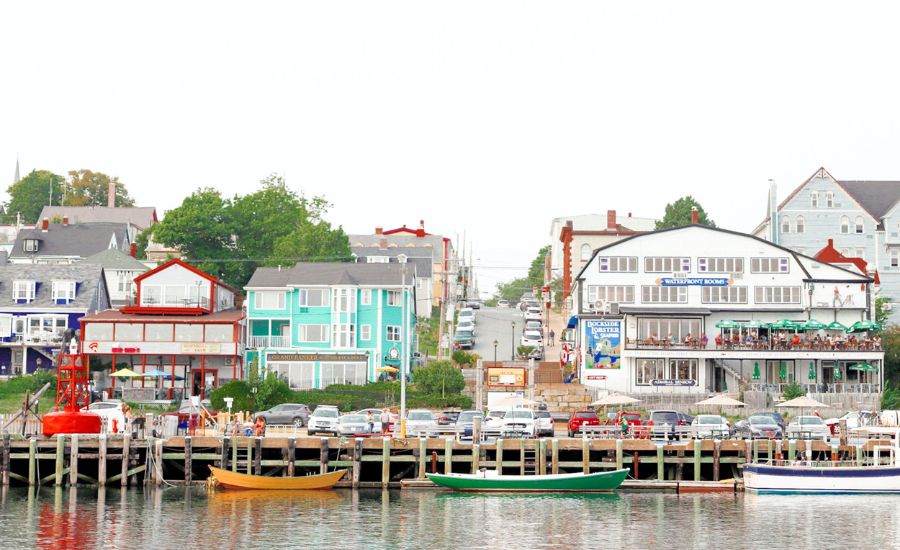
Lunenburg situated in Nova Scotia’s South Shore is a living testament to its rich seafaring past, dating back to its founding in 1753. It is also a UNESCO World Heritage Site that made visitors dive into the past and see the charming beauty of this place.
You will surely encounter old builds and the architecture of 18th and 19th century that showcase a harmonious blend of British, German and colonials architectural styles. Also, the spirit of Lunenburg is deeply intertwined with the legendary Bluenose schooner that was built in 1921. This iconic racing and fishing boat known for its speed and grace.
The sad part is the original version of Bluenose is not sailing anymore but a replica, the Bluenose II will offer you a chance to experience a piece of Canadian Maritime history.
Lunenburg’s creative spirit can be seen in many art galleries, studios and craft shops. Many artists and artisans find inspiration in the scenic landscapes and historic charm, and their work reflect the unique characteristics of Lunenburg.
And for foodies, Lunenburg is a pure heaven and an unforgettable experience. The town’s thriving culinary scene features a variety of seafoods delights such as succulent lobster to mouthwatering scallops, showcasing their fresh catches from the surrounding waters.
4. Halifax

Halifax, the capital city of Nova Scotia is a historic city that is a vibrant hub of culture, history and entertainment. As of 2023, there are more than 420,000+ people living in Halifax and a major portion of the city have people from around the world. So, you will see a perfect blend of different culture, food, people and environment.
Halifax past is brought to life through its well-preserved historical landmarks. One of the most significant is the Halifax Citadel National Historic Site, a formidable star-shaped fortress that overlooks the city. If you are a history enthusiasts, visit Maritime Museum of the Atlantic, which houses artifacts from the Titanic and showcases the city’s close ties to the sea.
Halifax, with its rich history, vibrant culture, and maritime splendor, offers a captivating experience that caters to every traveler’s desires. From exploring historic landmarks to embracing the city’s modern energy, from indulging in delectable seafood to immersing yourself in the beauty of the surrounding landscapes, Halifax promises an unforgettable journey that leaves you with cherished memories of this Atlantic gem.
5. Annapolis Valley

Annapolis Valley, a picturesque region in Nova Scotia, delights travellers with its scenic beauty, fertile farmlands, and delectable culinary offerings.
Named the “Apple Capital of Nova Scotia,” the valley is known for its flourishing vineyards, award-winning wineries, and vibrant wine industry. If you are a wine lover, I would highly recommend you to indulge in wine tasting at award-winning wineries.
Nature enthusiasts can explore hiking trails with breathtaking views, while history buffs can immerse themselves in well-preserved colonial towns like Annapolis Royal.
The region’s connection to the Bay of Fundy, with the world’s highest tides, offers mesmerizing tidal marvels and tidal bore rafting adventures. Embracing the farm-to-table philosophy, local restaurants serve fresh and locally sourced ingredients, completing a sensory journey through the valley’s rich agricultural heritage and cultural treasures.
6. Bay of Fundy
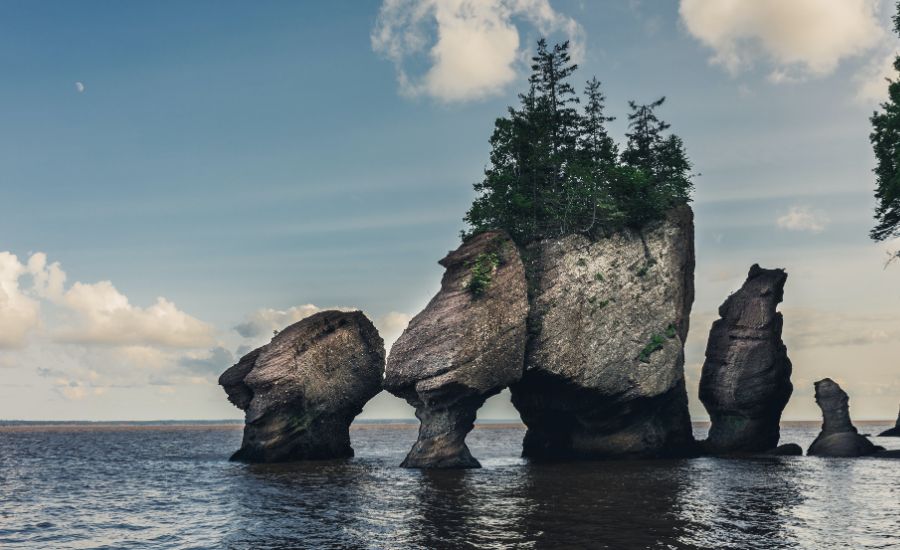
The Bay of Fundy, located between New Brunswick and Nova Scotia in Canada, is world-famous for its extraordinary tidal phenomenon, boasting the highest tides on the planet.
Twice daily, billions of gallons of water surge in and out of the bay, creating tidal ranges of up to 50 feet (15 meters), a sight of awe-inspiring grandeur. This natural wonder offers an unmissable spectacle, where visitors can witness the dramatic tidal changes and experience thrilling activities like tidal bore rafting.
Beyond the tides, the Bay of Fundy captivates with its stunning coastal landscapes, providing opportunities for whale-watching, fossil hunting, and indulging in delectable seafood.
Tip: While its gives you an amazing feeling of nature beauty, try to aware about the place and keep safe distance from water.
7. Kejimkujik National Park
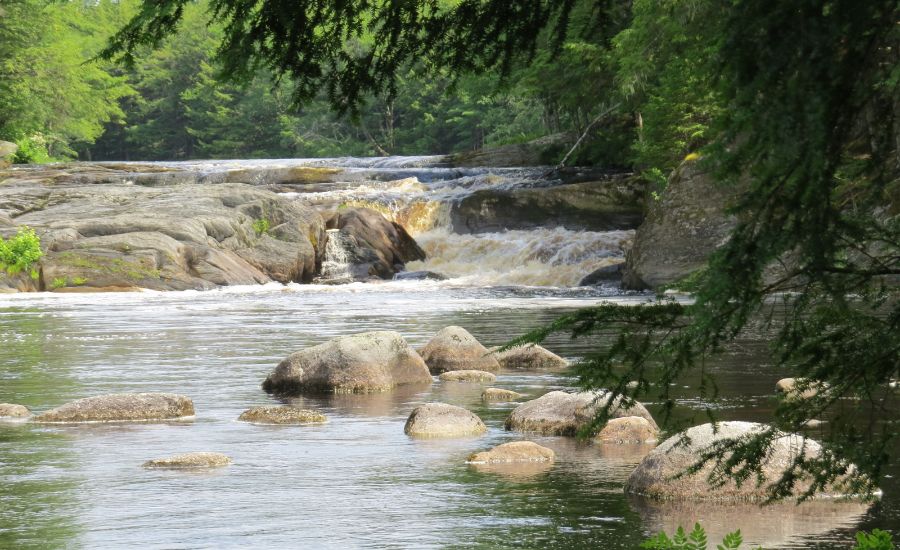
Kejimkujik National Park, situated in Nova Scotia, Canada, is a captivating wilderness sanctuary that offers a perfect blend of natural beauty, rich Indigenous history, and outdoor adventures.
As you explore this pristine park, you will be enchanted by its lush forests, tranquil rivers, and sparkling lakes, providing a paradise for hiking, canoeing, and camping enthusiasts. Kejimkujik’s significance lies not only in its breathtaking landscapes but also in its historical importance to the Mi’kmaq people, as evidenced by the ancient petroglyphs and pictographs found within the park.
For those who wish to extend their stay and truly immerse themselves in nature, Kejimkujik National Park offers camping opportunities at various sites within the Mainland and Seaside areas.
Camping beneath a canopy of stars, beside the gentle lapping of the water, is an unforgettable experience that brings you closer to the wilderness and allows you to fully appreciate the park’s tranquility.
In the Seaside area, the park extends its reach to the Atlantic coast, where you can explore stunning coastal landscapes, marshes, and striking sand dunes. The contrasting beauty of the Seaside area provides a unique dimension to the overall park experience.
8. Joggins Fossil Cliffs
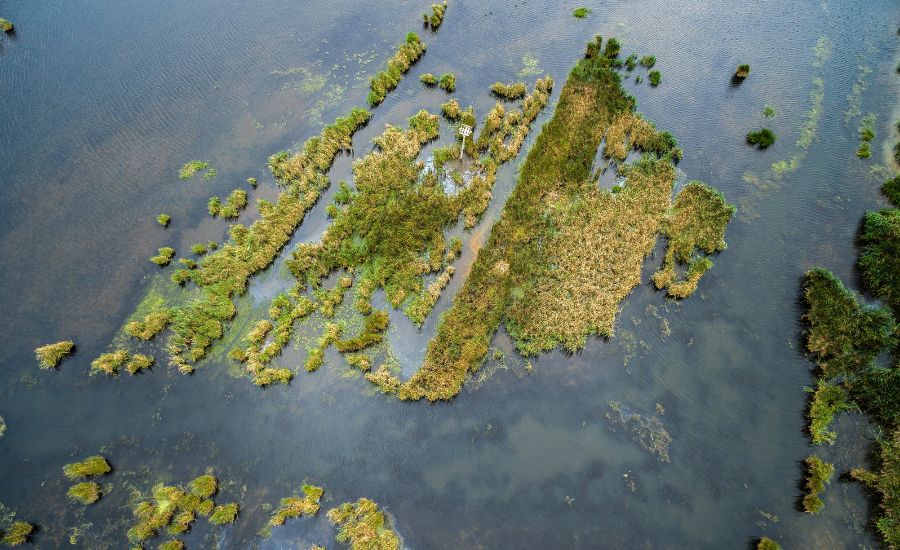
The Joggins Fossil Cliffs, situated along the Bay of Fundy’s coastline in Nova Scotia, Canada, are an extraordinary geological and paleontological wonder that have earned recognition as a UNESCO World Heritage site.
This breathtaking stretch of coastline provides a unique opportunity to step back in time and witness a window into Earth’s history, offering a rare glimpse of life on our planet over 300 million years ago.
What makes the Joggins Fossil Cliffs truly remarkable is the exceptional preservation of fossils found within its layers of sedimentary rock. The area’s exposed cliffs reveal a rich collection of plant and animal fossils, which have been perfectly preserved through the ages.
These fossils offer invaluable insights into the ancient ecosystems that once thrived in this region, shedding light on the evolution of life on Earth during the Carboniferous period.
As you explore the cliffs, you will encounter a diverse array of fossils, including those of ancient trees, plants, insects, and marine life. The discovery of the world’s first-known reptiles with terrestrial adaptations at Joggins is of particular significance to the scientific community.
Paleontologists and fossil enthusiasts from around the world are drawn to this site to study, document, and gain a deeper understanding of the history of life on Earth.
Final Words
As our journey through the 8 Best Places to Visit in Nova Scotia comes to an end, I hope you have been inspired to explore the diverse beauty and captivating experiences that this province has to offer.
From the historic charm of Peggy’s Cove to the majestic landscapes of Cape Breton Island, each destination has left a lasting impression on me, and I believe it will do the same for you.
As you plan your adventure to Nova Scotia, I encourage you to embrace the tranquility of Annapolis Valley’s orchards, immerse yourself in the maritime allure of Halifax’s bustling harborfront, and witness the geological wonders of the Bay of Fundy’s tidal marvels.
So, pack your bags, set off on your own exploration, and let the magic of Nova Scotia unfold before your eyes. I promise that this province will offer you cherished memories, new perspectives, and a sense of wanderlust that will stay with you long after you leave.
